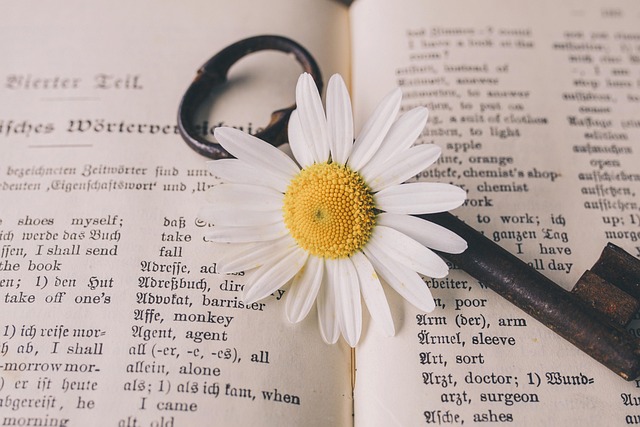In an increasingly connected world, the ability to communicate across languages is no longer a luxury — it’s a necessity. Whether you’re traveling abroad, working with international clients, or simply chatting with friends from different cultures, a traductor (translator) is your key to breaking language barriers quickly and accurately. But not all translators are created equal, and understanding how they work can make a huge difference in the quality of your communication.
What is a Traductor?
A traductor is a person, software, or device that converts words or text from one language into another while preserving meaning and context. In today’s digital age, the term often refers to translation tools — from simple online services like Google Translate to advanced AI-powered platforms and professional human translators.
Why Accurate Translation Matters
A mistranslation can turn a simple conversation into a confusing or even embarrassing situation. For example:
-
A wrong word choice could offend your audience.
-
Misinterpreted technical terms could lead to costly business mistakes.
-
Cultural nuances might get lost, making your message sound awkward or unclear.
Accuracy ensures not just correct word replacement, but preserves tone, cultural relevance, and intent.
Types of Traductors
1. Human Translators
Professional translators provide the highest accuracy, especially for legal, medical, and literary work. They understand cultural nuances, idioms, and context better than any machine.
Best for: Contracts, books, marketing materials, sensitive communication.
2. Machine Translators
AI-powered apps like Google Translate, DeepL, and Microsoft Translator offer instant translations for quick communication. They are constantly improving through machine learning and can handle many languages.
Best for: Travel phrases, casual chats, quick document understanding.
3. Hybrid Translation Services
Some platforms combine AI speed with human editing, offering both fast delivery and high accuracy.
Best for: Businesses needing both efficiency and quality.
Tips for Using a Traductor Effectively
-
Keep sentences clear and concise — shorter sentences reduce errors.
-
Avoid slang or idioms unless you know the translator can handle them.
-
Double-check important translations with a native speaker or professional.
-
Use context clues — the more the translator understands, the better the results.
The Future of Translation
Artificial intelligence is revolutionizing the way traductors work. Real-time voice translation, augmented reality captions, and context-aware AI systems are making communication across languages faster and more natural than ever. Soon, you might speak in your native language and be understood instantly — no manual translation required.
Final Thoughts
A traductor is more than just a word converter — it’s a bridge between cultures, ideas, and people. Choosing the right translation method for your needs can help you communicate clearly, avoid misunderstandings, and connect with the world effortlessly.

